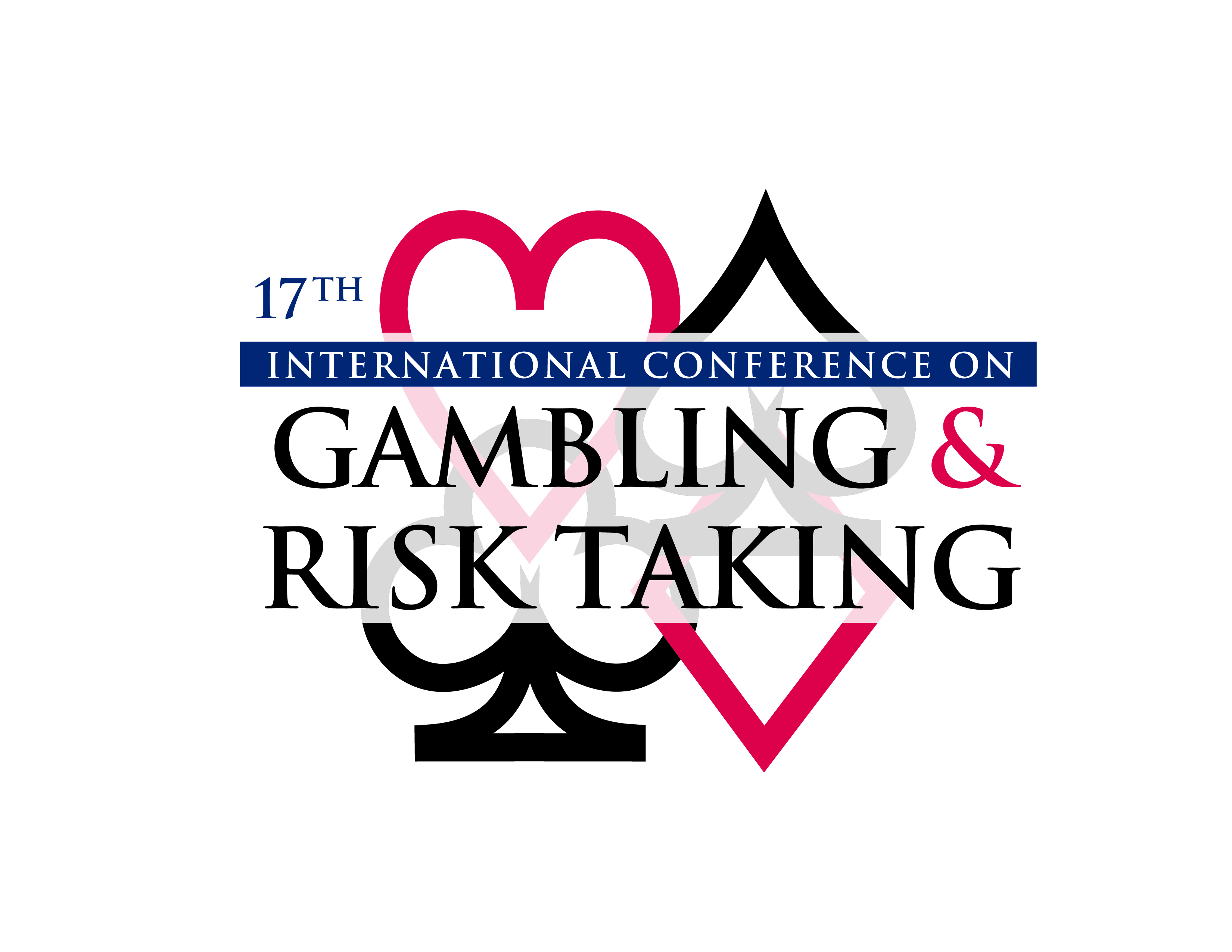Session Title
Session 1-4-A: Methods in Problem Gambling Research
Presentation Type
Event
Location
Caesars Palace, Las Vegas, Nevada
Start Date
28-5-2019 3:30 PM
End Date
28-5-2019 4:55 PM
Disciplines
Behavioral Economics
Abstract
We designed a slot machine interface to study gambling behavior over real monetary amounts in a controlled laboratory environment. The interface allowed us to study the effect of multiple playlines compared to single playlines, the use of abstract tokens instead of allowing the gambler to see expenditures and payoffs in a natural currency, the effect of “near miss” displays on subjective beliefs about the chances of winning, and the effect of “wins disguised as losses” on gambling behavior. We measured the risk preferences of each subject, allowing for probability weighting and loss aversion, as well as the evolution of subjective beliefs of expected winnings for some subjects. Every subject also completed popular survey screens for disordered gambling, allowing an evaluation of their predictive accuracy with respect to gambling over real stakes up to $1,500. All experiments were implemented for real rewards, so that responses were incentivized.
Keywords
Lab gambling, multiple paylines, abstract tokens, wins disguised as losses, risk preferences, subjective probabilities
Funding Sources
Danish Social Science Research Council (Project #12-130950); all scientific decisions lay strictly with the authors.
Competing Interests
None
Included in
Gambling Behavior in Controlled Laboratory Experiments
Caesars Palace, Las Vegas, Nevada
We designed a slot machine interface to study gambling behavior over real monetary amounts in a controlled laboratory environment. The interface allowed us to study the effect of multiple playlines compared to single playlines, the use of abstract tokens instead of allowing the gambler to see expenditures and payoffs in a natural currency, the effect of “near miss” displays on subjective beliefs about the chances of winning, and the effect of “wins disguised as losses” on gambling behavior. We measured the risk preferences of each subject, allowing for probability weighting and loss aversion, as well as the evolution of subjective beliefs of expected winnings for some subjects. Every subject also completed popular survey screens for disordered gambling, allowing an evaluation of their predictive accuracy with respect to gambling over real stakes up to $1,500. All experiments were implemented for real rewards, so that responses were incentivized.
